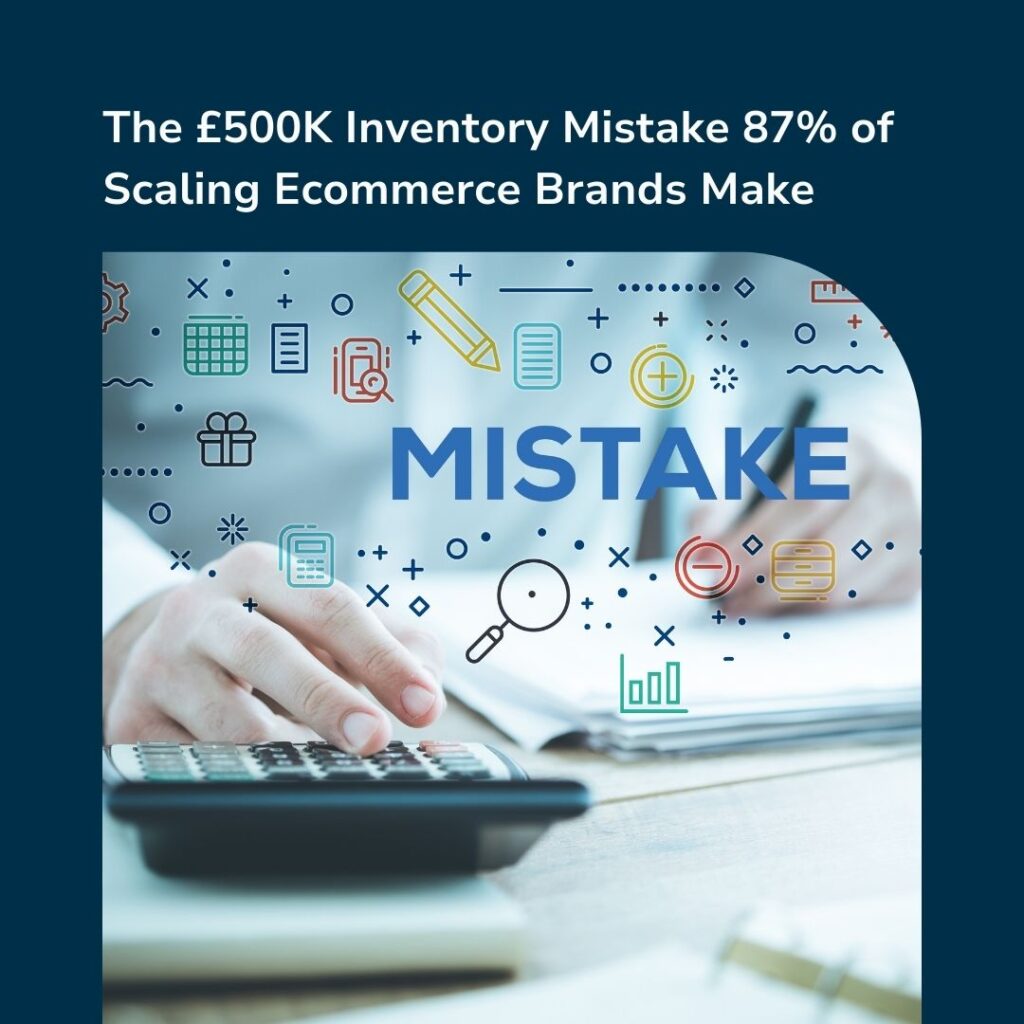Tags – Marketing Manufacturing Job Openings
Recruiters in the manufacturing sector face unique difficulties and many contemporary manufacturers struggle to attract, hire, and keep employees for a variety of jobs: skilled operators and technicians, assemblers, plant managers, and more.
At the same time, disruptive technology has revolutionised the talent profile of the manufacturing industry — which means that firms are competing for educated, skilled talent.
As a manufacturing business, it’s important to find the right employees to help keep your production running smoothly. One of the best ways to do this is by marketing your job openings effectively.
In this blog post, we will discuss some tips and strategies for marketing job openings as a manufacturing business.
1. Company Branding
To capture the interest of top candidates, you need to stand out from your competitors.
Applicants today want to know what it is your company stands for, and more importantly, they want to see a consistent, authentic brand identity across each channel.
To achieve this:
- Don’t reinvent the wheel: It’s likely that your firm has a larger branding budget than you do. Take the current corporate brand one step further to promote your employment brand by leveraging the hard work they’ve already done.
- Tell stories that matter: When you’re competing with well-known firms, make it clear what makes your business unique. Share “day-in-the-life” stories and employee testimonials. Highlight the values and culture of your company. Tell stories about how a desirable career at your firm might look. Accentuate the positive without exaggerating — people will see straight through the fluff
- Use Career Sites: Your career site will set the stage for candidate interactions and first impressions matter. Using a robust recruiting platform, that lets you create a custom branded career page, incorporating authentic stories will all blend seamlessly with your website’s overall look and feel
2. Don’t Ignore the Passive Masses
Casting a wide net is what it takes to fill the funnel.
Whilst most job seekers are satisfied with their current roles, almost half are open to new roles, which means there’s a lot of candidates who may be interested in your job openings but aren’t actively looking for new work.
That said, you must find new ways to connect with passive, skilled talent who aren’t submitting applications. To do this:
- Get the word out: You must share relevant information about your organisation, culture, and job vacancies on social media as well as blog articles. You’ll be able to interact with more outside candidates via social and internet platforms. Word spreads rapidly — especially when there are lots of people looking for work and few jobs available. Get on the platforms that your prospects use frequently (Facebook, Twitter, LinkedIn, etc.) and talk about why your company is unique.
- Look to your past: Job seekers who were previously rejected might be a fantastic source for passive job candidates. These are individuals who didn’t get hired the first time but still have valuable talents and abilities.
3. Assess Candidate Journey
It’s crucial to hire fast and effectively, especially for high-volume positions, but there are bound to be snags along the road.
These hold ups can cause delays, irritate applicants, and disrupt hiring team relationships. Having a good sense of a candidate’s journey aids everyone in managing the cycle more successfully and results in better, faster hires.
Begin by comparing your existing typical hiring procedure to one of the best alternatives. How long does each stage generally take? What are some of the most common delays you encounter?
Secondly, map the whole process. The candidate journey begins before any direct contact is made, so be sure to include all of the phases associated with prospect sourcing and engagement.
The recruiting process does not conclude with a signed offer letter, either. Onboarding is an essential step that may have a significant impact on how long new employees stay, therefore it should be accounted for in your journey analysis.
Lastly, candidates do a lot of research before (and after) applying, so it’s critical to figure out where they get their information — and what they’ll learn about your firm.
Keep an eye on Glassdoor reviews and social media discussion to ensure that you’re putting your best foot forward.
4. Make Every Employee a Recruiter
If you’re short on recruiting resources (like most manufacturing firms are), you already know how beneficial referrals can be.
After all, employing recommendations is less time consuming, expensive, and difficult than attracting other applicants.
Embrace the power of your staff’s social media connections to get those referrals. When there’s something newsworthy — like a new job opening or a fantastic company achievement — communicate it to your staff in whatever manner works best for you.
When people are aware of what’s going on at work, they can promote the firm’s interests for them.
The Final Say
The manufacturing industry is vital to the economy, and there are plenty of job openings — but that doesn’t mean it’s easy to find good candidates.
By following the strategies in this article, you can improve your recruiting process, connect with more prospects, and hire better employees.
Just remember to keep an eye on your results so you can fine-tune your methods as needed.
And if you need help along the way, don’t be afraid to ask for guidance from a staffing agency that specialises in manufacturing recruitment.
Please get in touch with us today to find out more.
You may also like:








